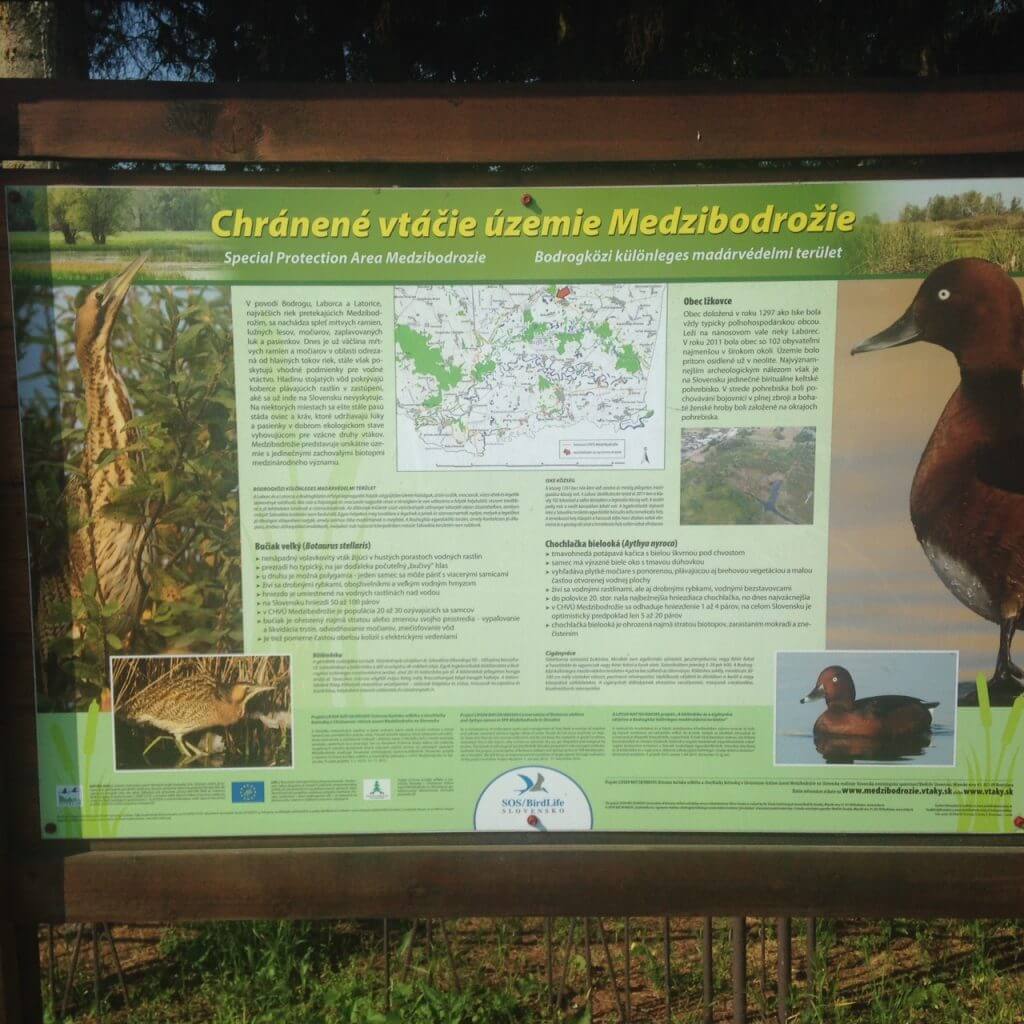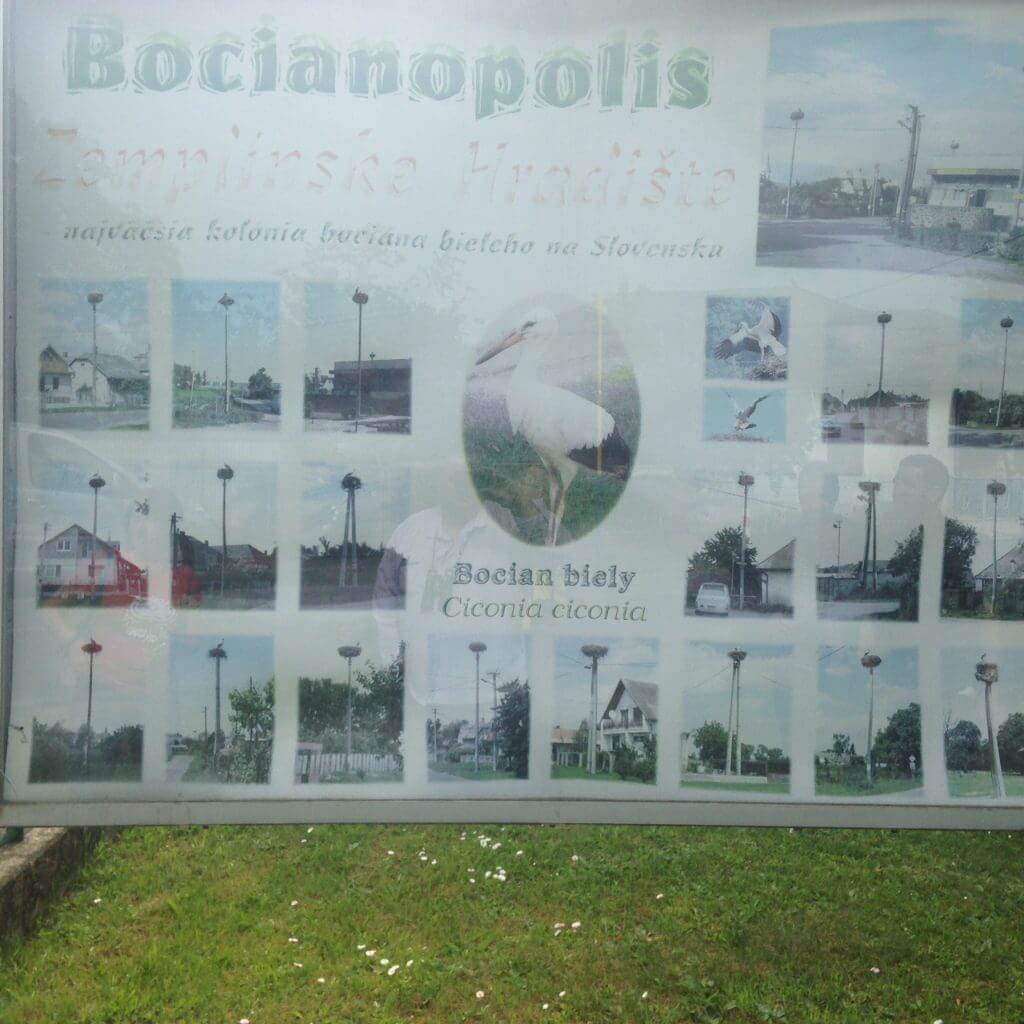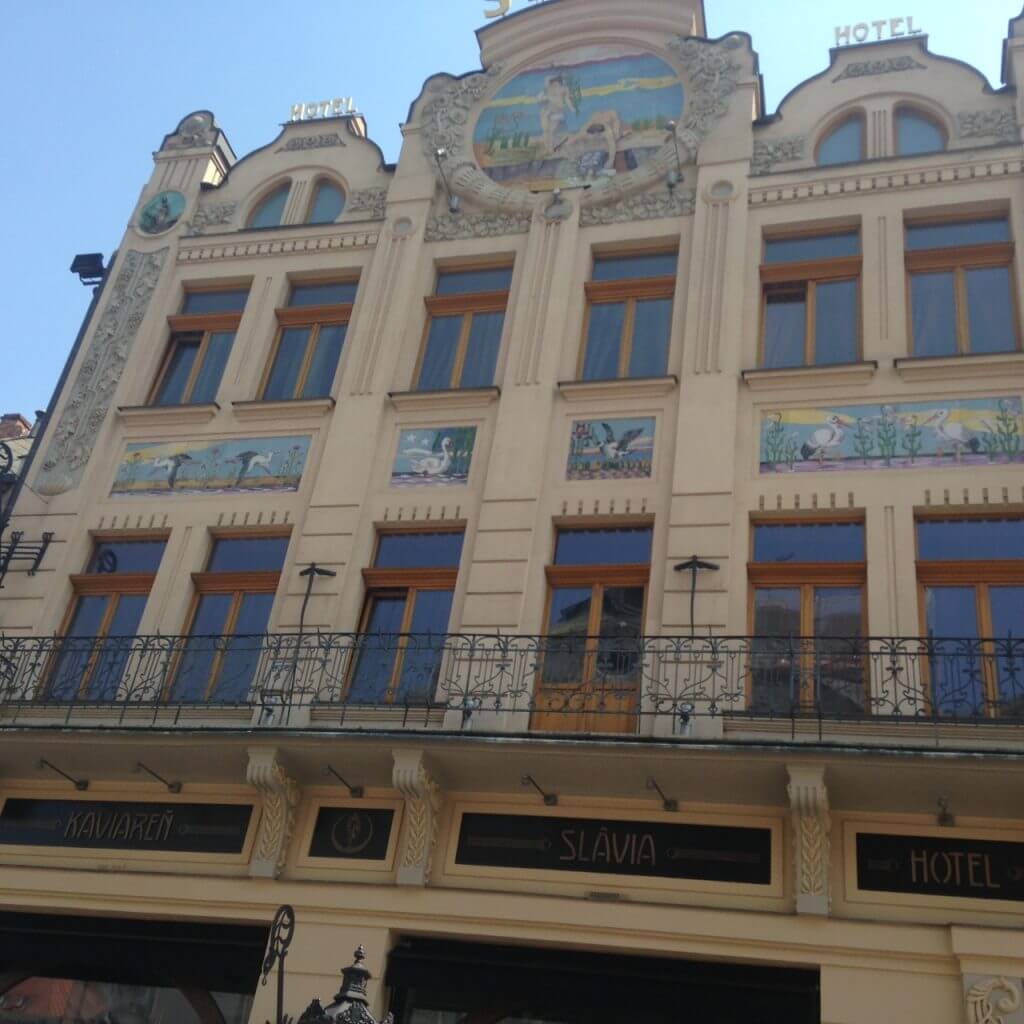We were all a bit bushed after climbing up through the beech woods of Day 3 – or maybe it was the winetasting that did it? Have you ever had a red Dunaj from Slovakia? Quite a surprise – and an entirely pleasant one.
Day 4 was a relaxed tour around some more wetland sites. The one pictured above did, indeed produce Ferruginous Ducks and booming Bittern for us as well as lots of breeding waders; Lapwing, Redshank and Snipe.
We were taken to see a Black Stork sitting on a nest in some beautiful, and fast-disappearing, riverine woodland. In the same wood there were Turtle Doves purring away as they once did in southern Britain and Clouded Apollo butterflies skimmed over the grassland and never seemed to stop. Bee-eaters called above our heads and a Barred Warbler sang from the bushes.
The whole Slovakian birding experience was a mixture of being transported in space and time. We were clearly in the east because we saw Red-footed Falcon, Lesser-spotted Eagle, Barred Warbler, Collared and Red-breasted Flycatcher but it also felt like going back in time, to a time I cannot remember, where the hedgerows had Red-backed Shrikes, and Cuckoos and Turtle Doves were almost always in earshot, and in the fields and towns Tree Sparrows rivalled House Sparrows in abundance.
And then there were villages like Bocianopolis – the town of storks (White Storks).
Altogether Slovakia has a lot to offer the UK birder.
And on our last day we looked around Kosice itself and found that even the houses are decorated with birds.
Back at the airport a Fieldfare was still singing – I wonder whether it will welcome me back one day.
[registration_form]


‘It also felt like going back in time, to a time I cannot remember, where the hedgerows had Red-backed Shrikes, and Cuckoos and Turtle Doves were almost always in earshot, and in the fields and towns Tree Sparrows rivalled House Sparrows in abundance.’
About 20 years ago, I was privileged to hear a talk by the naturalist, Jack Otter, who grew up in the countryside of east Leicestershire. I think he was about 80 years old by then and – unlike other visitors to our RSPB Group – he had no slides, but he held the audience spellbound with tales of just this richness of wildlife in a bygone age. I particularly remember his stories of the harvest, when Barn Owls and Kestrels more or less queued up for the bounty of small rodents as they were driven off the fields.
Living not so far away, perhaps you were also lucky enough to encounter this wonderful man, Mark?
I have been hiking 400 miles through the Spanish Pyrenean foothills over the last 6 weeks, wild camping, and the birdlife and habitats have been very interesting. So much wild abandoned land, wild boar are prolific and the nightingale the commonest bird. On the negative side, sasonal grazing by sheep and goats is much reduced so scrub is rapidly becoming woodland and large-scale pine planting in the 1990’s has led to poor quality habitats over large areas. The pine processionary moth defoliates many of these trees (good!) and benefits the cuckoos which are abundant.
The richest habitats are open scrublands which abound with birds, much like similar eastern European habitats in Spring, but these habitats are succeeding to woodland in many areas. Also, cereal cultivation on lower slopes and plains areas follows the CAP norm, very intense and very few weedy areas. In small fields Cirl buntings remain common and corn buntings on larger fields. Turtle doves were much thinner on the ground than in the 1990’s, quite local and never common. The open rolling cereal fields south east of Pamplona were the best for arable birds, Calendra, crested and skylark very common with nesting Marsh, Montague’s and HEN HARRIERS in close proximity.
It appears to me that this transect of northern Spain demonstrates birdlife communities and numbers reflect a stage of land use between what we have in Britain (intensive farming in the lowlands) and the more extensive (traditional) land-use still present in much of Easter Europe. Traditional grazing and less intensive cropping (High Nature Value Farming) needs more support throughout Europe. I saw not a single wildlflower meadow (as in hay meadow) on my hike and very few outdoor cattle. Fortunately there are extensive areas of steep or stony land, full of wildflowers and shrubs which support the remaining wildlife and lots of woodland and mountain. River corridors are also still often natural and full of birds and old orchards run wild.
Re-wilding, (re-introducing wild graziers) may go some of the way to keeping existing lands open if it were encouraged and deer numbers (though low) are naturally increasing locally.
While some of this sounds a bit downbeat, it is still a fantastic experience to be out there in nature, landscapes are still tremendously varied, people are few and I had many delightful experiences. In Catalonia the Egyptian vultures are increasing and introduced Black vultures successfully nesting, hooray!